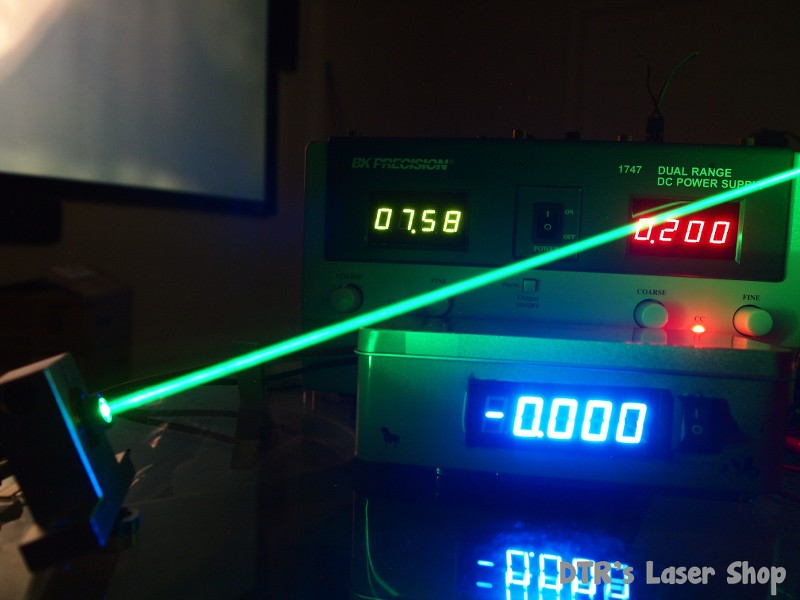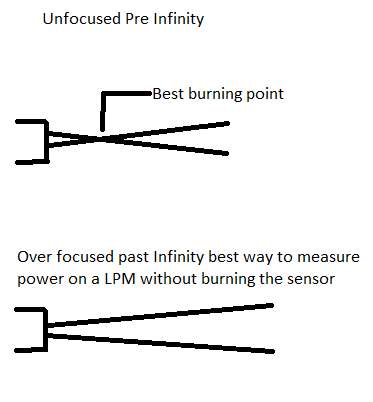- Joined
- Jun 24, 2010
- Messages
- 5,705
- Points
- 113
Osram PL520 50mW 520nm Laser Diode

Ok so I got my PL520's in stock today and got some quick testing done on these tonight. Now I was really surprised how bright they really are and am very pleased with these diodes. They are the beginning of a new era here for sure. I want to start off by saying these run extremely stable from what I have seen so far and they appear to be pretty damn tough as I have doubled the datasheet recommended current and have not seen any degradation on the diode. They can double the datasheet output or more but it is yet to be determined if it is good to run them that hard yet.
DTR's Performance Test:
Osram PL520 50mW 520nm Laser Diode
DTR-G-2 Glass Lens

So there we have it. With an acrylic lens you are probably looking at a 15-20mW decrease so looks pretty solid 80mW with a G-2 and probably 50mW with an Acrylic. There are still wavelength and controlled temperature experiments that can be done but I think that about sums up the output capabilities.
Now on to divergence and different lens tests.

Ok so I got my PL520's in stock today and got some quick testing done on these tonight. Now I was really surprised how bright they really are and am very pleased with these diodes. They are the beginning of a new era here for sure. I want to start off by saying these run extremely stable from what I have seen so far and they appear to be pretty damn tough as I have doubled the datasheet recommended current and have not seen any degradation on the diode. They can double the datasheet output or more but it is yet to be determined if it is good to run them that hard yet.
DTR's Performance Test:
Osram PL520 50mW 520nm Laser Diode
DTR-G-2 Glass Lens

So there we have it. With an acrylic lens you are probably looking at a 15-20mW decrease so looks pretty solid 80mW with a G-2 and probably 50mW with an Acrylic. There are still wavelength and controlled temperature experiments that can be done but I think that about sums up the output capabilities.
Now on to divergence and different lens tests.
Last edited:





